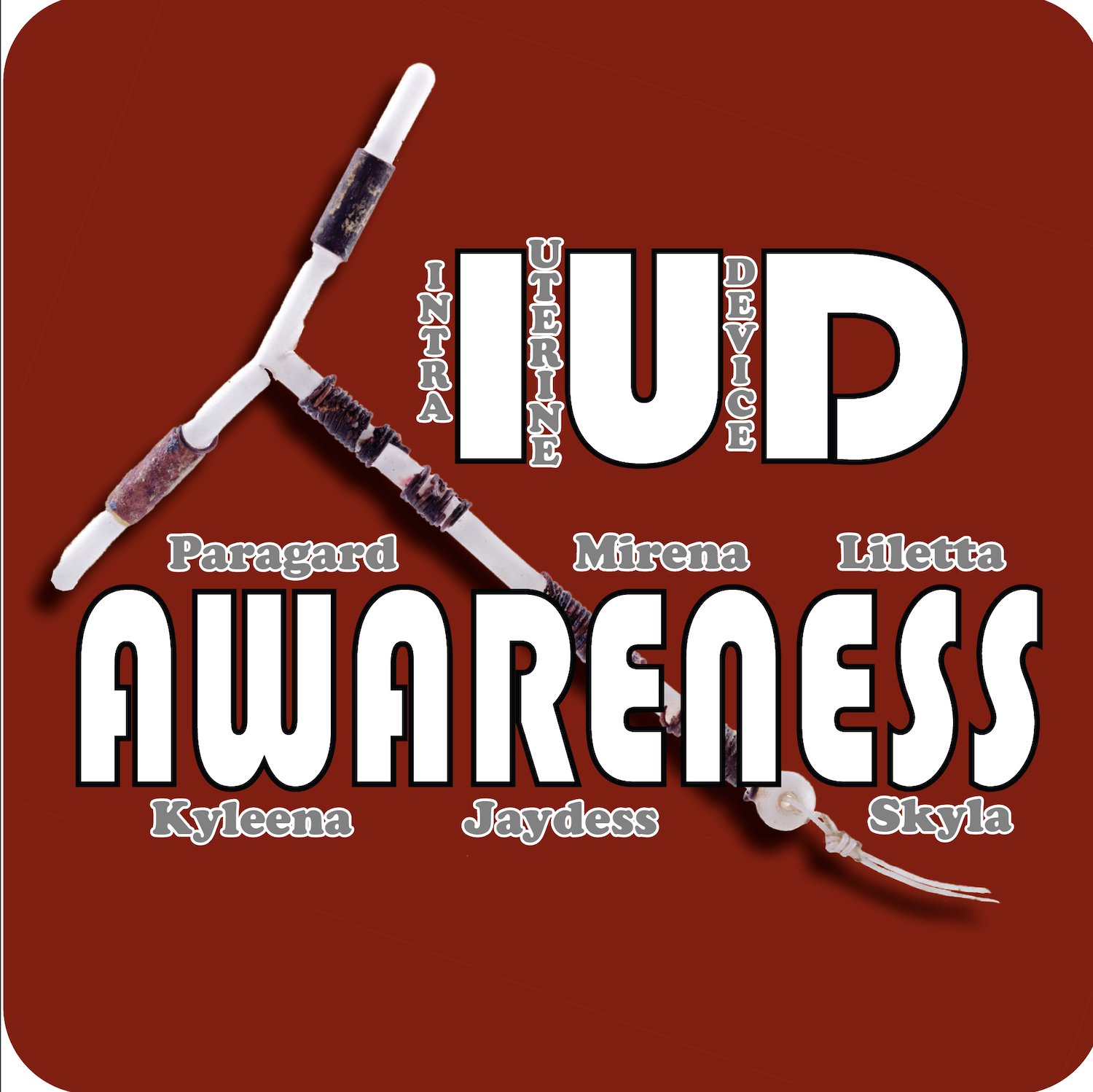Adolescents and Long-Acting Reversible Contraception: Implants and Intrauterine Devices
/ACOG Committee Opinion - Number 735
American College of Obstetricians and Gynecologists
May 2018
Because adolescents are at higher risk of sexually transmitted infections (STIs), obstetrician–gynecologists should continue to follow standard guidelines for STI screening. They should advise adolescents who choose LARC methods to use male or female condoms consistently (dual method use) to decrease the risk of STIs, including human immunodeficiency virus (HIV). Obstetrician–gynecologists should counsel all sexually active adolescents who do not seek pregnancy on the range of reversible contraceptive methods, including LARC, and should help make these contraceptives readily accessible to them.
Highlights from Opinion:
…….Adolescents have high continuation rates with LARC methods……
…….Despite high efficacy and satisfaction rates with LARC methods, relatively few adolescents use an implant or IUD for contraception…….
…….Data indicate that the Paragard (the copper IUD), Mirena, and the contraceptive implant all are effective beyond their FDA-approved durations of use. Extended-use studies are ongoing for Liletta, and data are not yet available for the newer devices such as Kyleena and Skyla…….
……..Obstetrician–gynecologists should engage adolescents who wish to prevent pregnancy in shared decision-making and provide information on the benefits and risks of all contraceptive methods. Contraceptive counseling should include anticipatory guidance for adolescents and their parents or guardians regarding possible menstrual changes, side effects, and noncontraceptive benefits such as management of irregular or abnormal uterine bleeding and treatment of dysmenorrhea…….
…….Coercive provision of LARC has been used as a means of fertility control in marginalized women. Patient choice should be the principal factor driving the use of one method of contraception over another, and respect for the adolescent’s right to choose or decline any method of reversible contraception is critical…..obstetrician–gynecologists should be cautious that their own enthusiasm for LARC may be an additional source of coercion……
…..Just as adolescents have the right to choose or decline LARC, they also have the right to discontinue LARC without barriers……
……The risk of PID is highest in the first 20 days after IUD insertion (relative risk of 9.7 cases per 1000 woman–years of use) but the overall absolute risk of PID is small at 1.6 cases per 1000 woman–years of use….
……Intrauterine device expulsion rates range from 2% to 10% for all IUD users……expulsion rates at 12 months and at 36 months were approximately 10% and 19% respectively, which was approximately twice the risk for women older than 20 years…….Expulsion rates for the copper IUD are slightly higher than for LNG-IUDs. Prior expulsion is a risk factor for repeat expulsion, but should not be considered a contraindication if the adolescent desires another IUD and counseling is provided on the higher risk of expulsion (approximately 30%) of the second IUD……
Read the Entire Committe Opinion at the ACOG Website
- 2018
- Abdominal Pain
- Abnormal Bleeding
- Access
- Allergies
- Anaphylaxis
- Anxiety & Depression
- Auto-immune Disease
- Back Pain
- Bacterial Vaginosis (BV)
- Bleeding
- blood clots
- Brain Fog
- Brain Swelling
- breast cancer
- Breastfeeding
- Cancer
- cervical cancer
- Choice
- Choking
- Coercion
- Copper 7
- Copper T
- Copper Toxicity
- Cost
- Difficulty Swallowing
- Digestive Issues
- Discharge
- Early Removal
- eczema
- Endometrial Cancer
- Expulsion
- Fatigue
- Fear
- Fertility
- Gene Mutation
- Gravigard
- hair loss
- Headache & Migraine
- Heart Palpitations
- High Blood Pressure
- HIV
- Improvement after Removal
- Increase in Use
- Inflammation
- Informed Consent
- Internet Forums
- Intolerences
- Irritability & Mood Changes
- Jaydess
- Kyleena
- Lung Cancer
- Menopausal Symptoms
- Migration
- Mirena
- Missing Strings
- MRI
- Muscle Pains & Aches
- Non-Use
- osteoporosis
- Ovarian Cancer
- Pain
- Pancreatic Cancer
- Paragard
- Paranoia
- Pelvic Pain
- Perforation
- PID & Infections
- Placement
- PMDD
- Post-Abortion
- Postpartum Insertion
- pregnancy
- Prostaglandins
- Rashes
- Reproductive Justice
- Rheumatoid Arthritis (RA)
- Self Removal
- Sex Life
- sexual dysfunction
- Shortness of Breath
- Skin Problems & Jaundice
- Skyla
- STI Risk
- Stroke & Heart Attack
- suicide
- Surgical Removal
- Tubal Ligation
- Vertigo & Dizziness
- Weight Gain







